Baby animals, also known as offspring, are referred to by different names than the adults in their species.
Summary
You don’t often hear someone call a puppy a “baby dog.” Baby animals are given distinct names to help differentiate the offspring from the parents. Also, scientists use varying names to help describe the stages of an animal’s development.
Some names of young are commonly known, while others may be more obscure. For example, everyone knows baby cats are kittens, but did you know baby jellyfish are called ephyra?
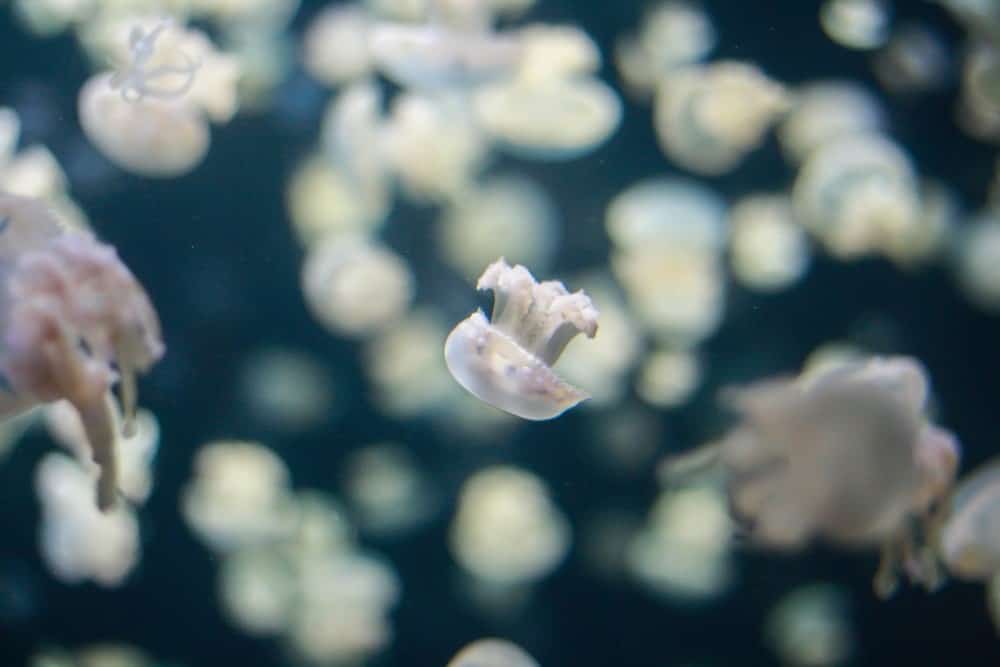
Did you know that baby jellyfish are called ephyra?
©Atele/Shutterstock.com
Baby Animals That Share the Same Name
Some baby animals share the same name, like cubs. For example, there are a lot of kits, pups, and cubs in the animal world. On the other hand, some species have unique names for their young, like porcupines (their babies are called porcupettes).
To confuse things even more, some baby animals are called by multiple names. For example, aardvark babies are both calves and cubs, while baby foxes are both cubs and kits.
Here are some examples of the name of young and the corresponding adult animals.
Calves
When you hear the word calf, you may think of cows. However, the word “calf” can refer to many animals including bison, ox, camels, and reindeer.
Here are some other examples of calves:
- aardvark (also called cub)
- bison
- buffalo
- camel
- cattle
- dolphin
- elephant
- elk
- giraffe
- gnu
- hippopotamus
- moose
- ox
- reindeer
- rhinoceros
- walrus
- whale
- yak
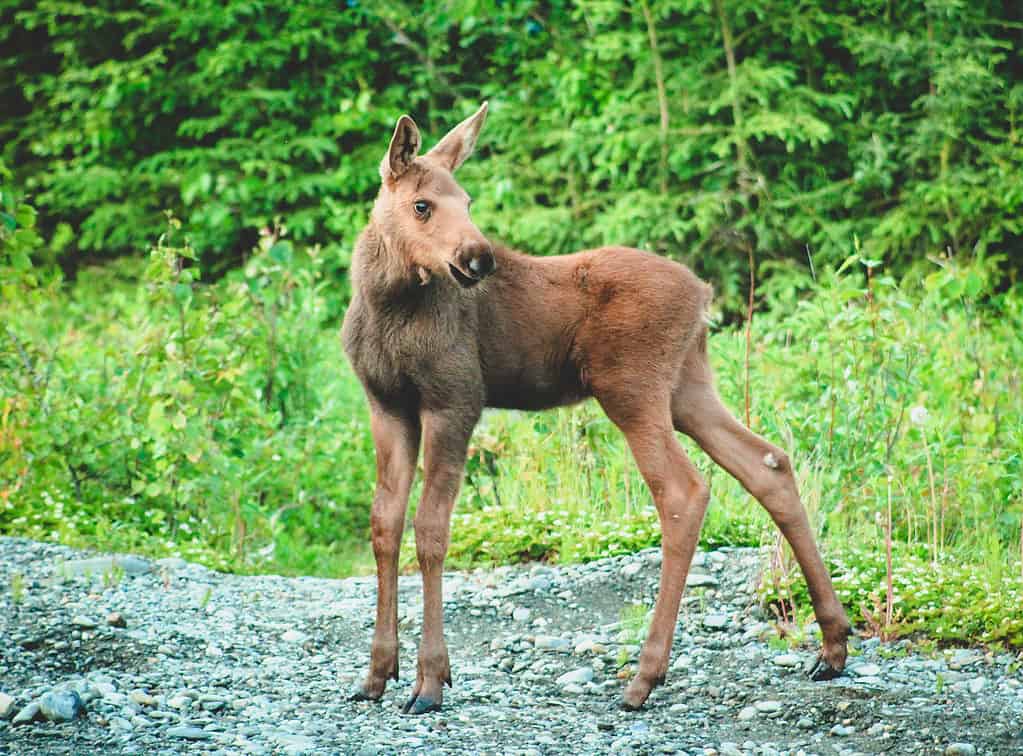
Calves can refer to many baby animals including moose.
©Amanda Wayne/Shutterstock.com
Pups
Pups are another name that many baby animal species share. For example, pups can be baby dogs, wolves, sharks, and guinea pigs.
Here are some other examples of pups:
- armadillo
- bat
- beaver (also called kitten)
- coyote
- dog
- fox
- gerbil
- guinea pig
- hamster
- hedgehog (also called a hoglet)
- mole
- mouse (also called a pinkie)
- otter
- prairie dog
- rat (also called a kitten)
- seal
- shark
- squirrel (also called a kit)
- wolf
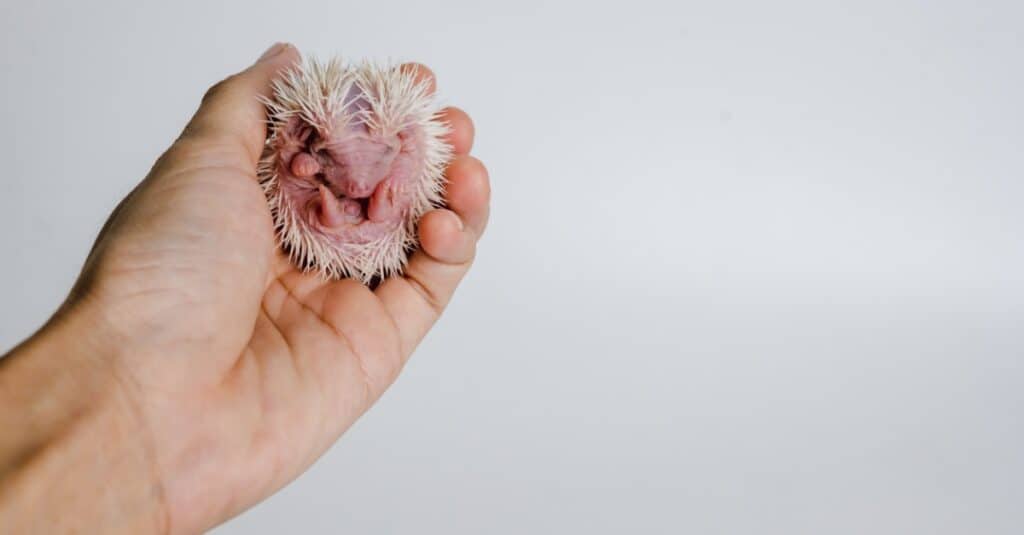
Hedgehog babies can be referred to as pups, but they can also be called hoglets.
©iStock.com/Remiphotography
Cubs
A cub is the name used for baby bears, big cats, and some other animals as well. Baby pandas, lions, and tigers are all called cubs.
Here are some examples of cubs:
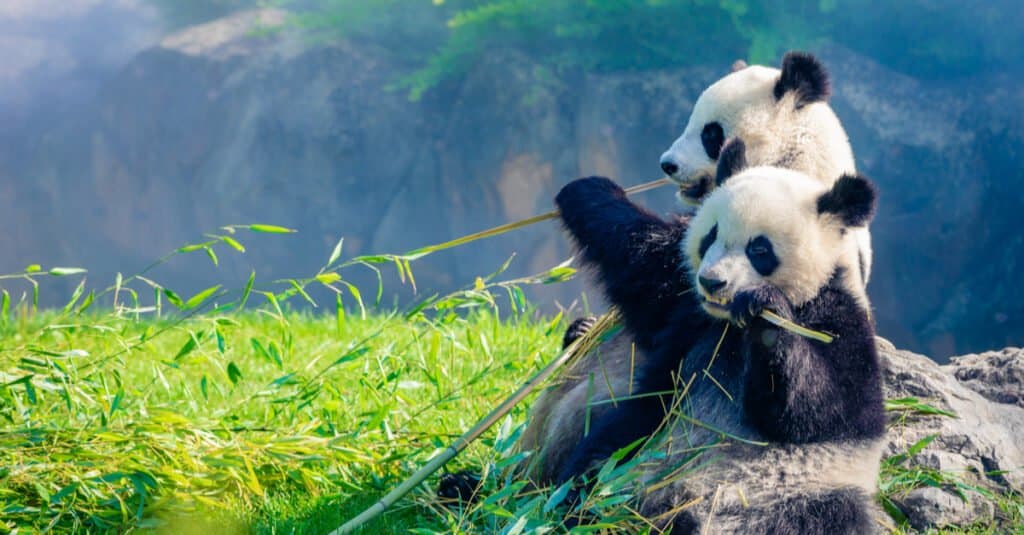
Cubs is used to describe the babies of many different types of animals including pandas.
©Daniel X D/Shutterstock.com
Kits
The term kit is different from kittens (used for baby cats.) Kits are baby animals such as rabbits, badgers, and weasels.
Examples of kits include:
- badger
- ferret
- fox
- mink
- muskrat
- rabbit
- raccoon (also called cub)
- skunk
- squirrel (also called pup)
- weasel
- woodchuck
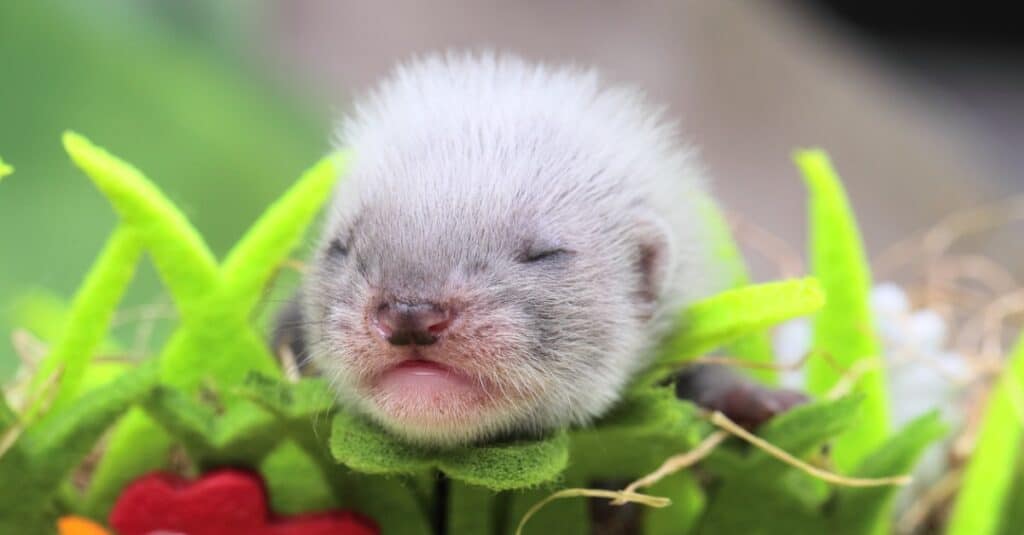
The term kit is used to describe babies from species such as ferrets.
©iStock.com/bozhdb
Joeys
Joeys are the names of baby marsupials. Marsupials are unique mammals that carry and nourish their young in their pouch. You’ve probably heard baby kangaroos referred to as joeys, but did you know the name is also used for other baby marsupials?
Examples of joeys include:
- kangaroo
- koala
- opossum
- wallaby
- wombat
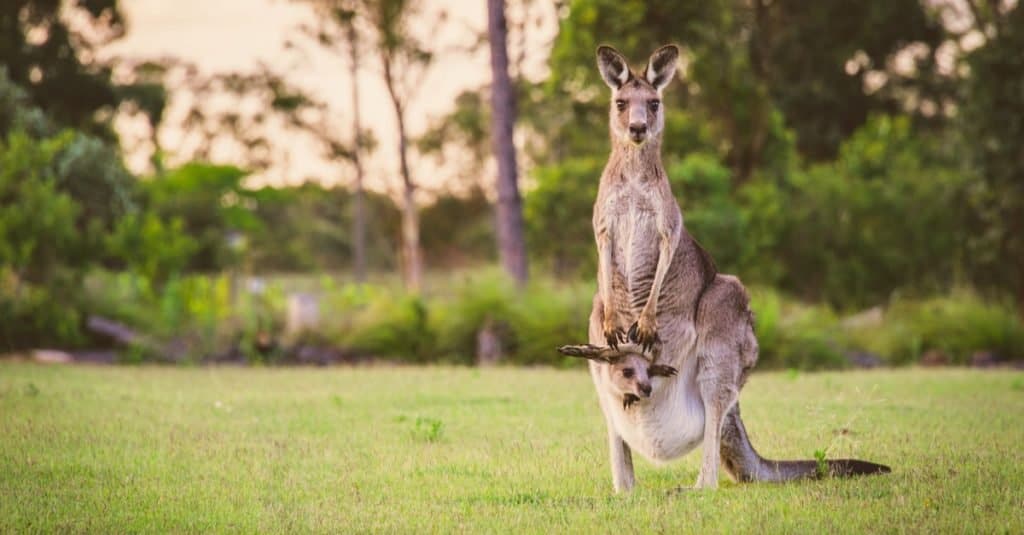
Joey is the name of a baby marsupial carried and nourished by their mother in their pouch.
©IntoTheWorld/Shutterstock.com
Hatchlings
Baby animals that hatch from eggs, such as reptiles and birds, are called hatchlings.
Other hatchlings include:
- alligator
- bird (only used for newborns)
- lizard
- snake (also called snakelet)
- squid (also called paralarvae)
- turtle
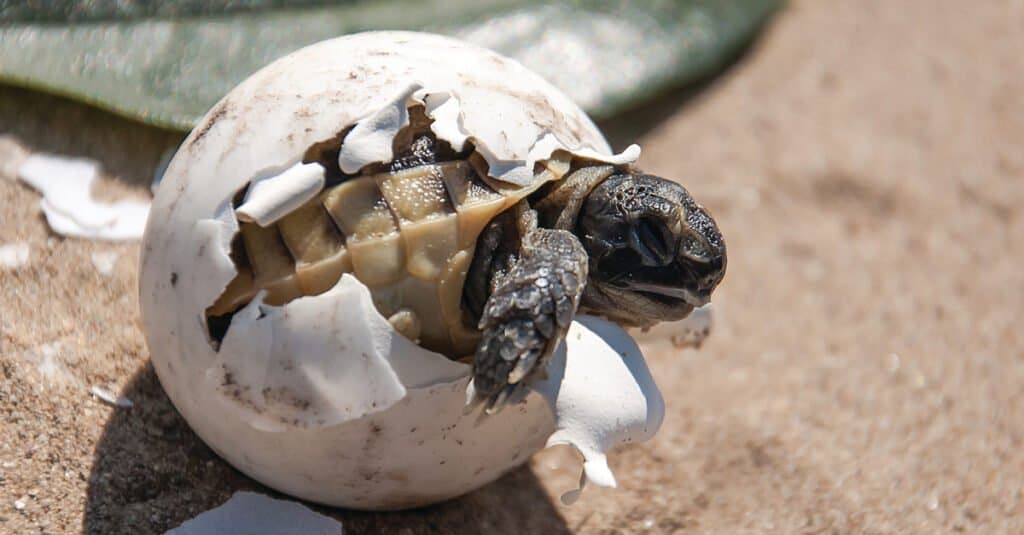
Baby animals that hatch from eggs, such as turtles, are called hatchlings.
©Attila N/Shutterstock.com
Baby Animals With Unique Names
And finally, some offspring have names that are distinct only to that type of animal. For example, baby ants are called antlings, baby swans are cygnets, and newly hatched fish are called fry.
Read on for examples of baby animals that are uniquely named:
- ants: antling
- apes: infant
- cat: kitten
- deer and pronghorn: fawn
- fish: fry (newborns) and fingerling (juveniles)
- frogs: froglet (after the tadpole has developed into a frog)
- goats: kid
- jellyfish: ephyra
- llamas and alpacas: cria
- pigs, hogs, and boars: piglet
- sheep: lamb
- swans: cygnet
- horses: colt (male) and filly (female)
- owls: owlet
- platypus: puggle
- porcupine: porcupette
- spiders: spiderlings
- worms: wormlet



